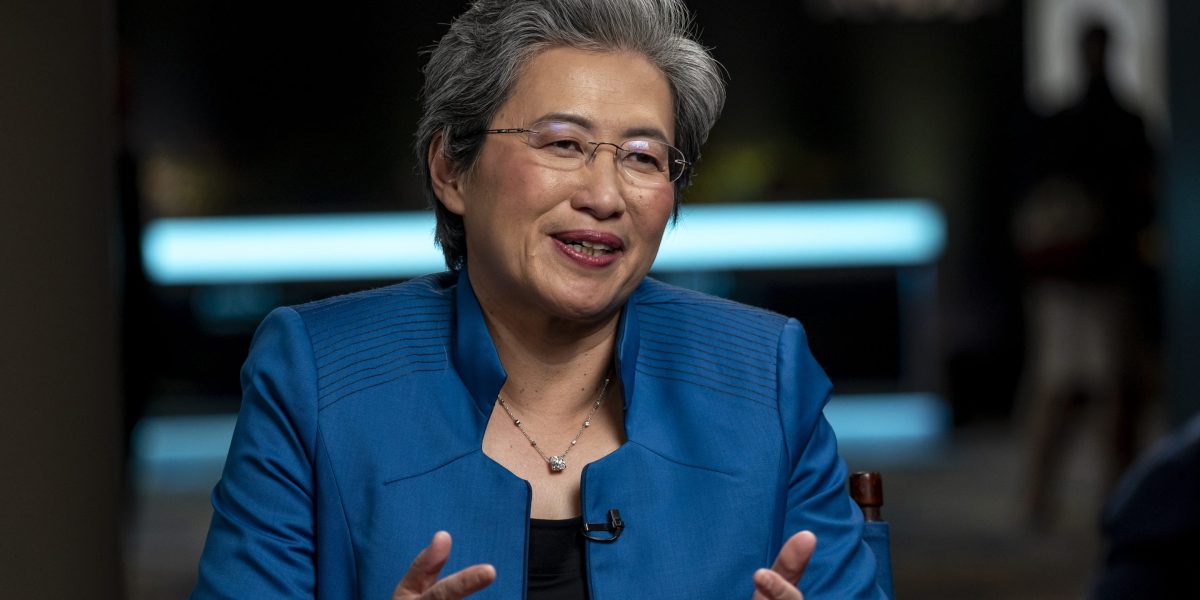OpenAI announced a multi year strategic partnership with AMD to deploy up to 6 gigawatts of AMD GPUs, starting with 1 GW of AMD Instinct MI450 units in the second half of 2026. The deal signals AI hardware diversification and a push for GPU supply chain resilience.

OpenAI announced a multi year strategic partnership with AMD to deploy AMD GPUs across its next generation infrastructure, a move that could shift an AI hardware landscape long dominated by Nvidia. The agreement may scale to roughly 6 gigawatts of AMD GPU capacity over several years and begins with an initial 1 gigawatt roll out planned for the second half of 2026 using AMD Instinct MI450 series cards. The news prompted a sharp rally in AMD stock as markets priced in a major customer win and faster AI infrastructure buildout.
Modern large language models and other deep learning systems are GPU intensive. A graphics processing unit, or GPU, is a specialized processor that accelerates matrix and tensor computations at the core of neural network training and inference. Power and cooling requirements for data center scale deployments are commonly expressed in gigawatts; 1 gigawatt can power hundreds of thousands of homes, so a multi GW deployment indicates massive compute needs.
For years Nvidia has been the de facto supplier for AI training hardware, with a broad software ecosystem and strong performance for many workloads. That concentration raised concerns about supply bottlenecks, pricing leverage, and vendor lock in. OpenAI's deal with AMD introduces an alternative supplier at scale and advances a multi vendor GPU strategy that can improve GPU supply chain resilience for hyperscale AI.
What this means for the industry and for businesses planning enterprise AI procurement:
OpenAI's AMD partnership signals that hardware diversification is a strategic priority for leading AI developers. If the planned scaling to multiple gigawatts is realized, it could reshape supplier dynamics and reduce the market concentration that favored a single vendor for years. Organizations that depend on AI at scale should begin planning for multi vendor hardware strategies, including software portability, procurement flexibility, and long term infrastructure roadmaps. Over the next 12 to 24 months the industry will reveal whether this is an isolated strategic play or the start of broader market realignment for AI compute.



